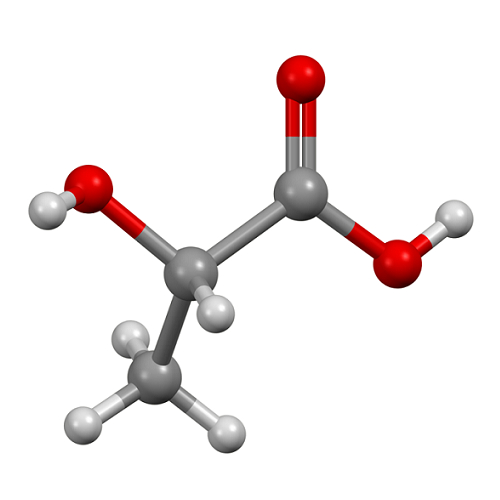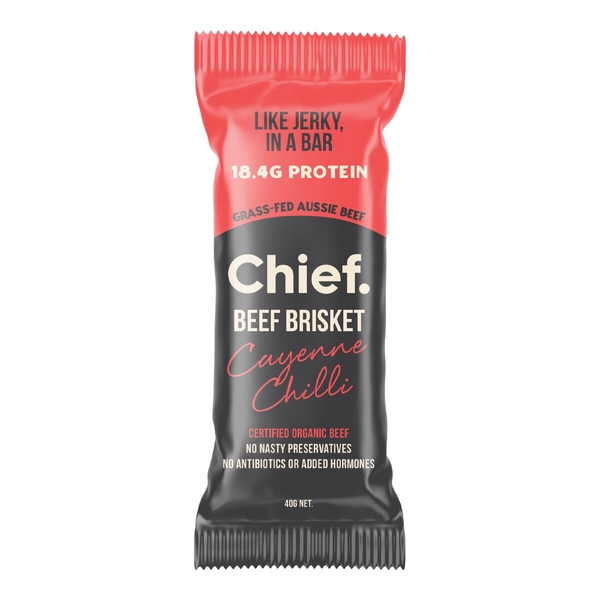
Lactic acid
Scientific names: 2-Hydroxypropionic acid
Alternate names: Acide 2-hydroxypropionique (Acide Lactique), Acide Hydroxypropionique, Acide Lactique, Hydroxypropionic Acid, Milk Acid
Background
Lactic acid is a type of alpha hydroxy acid (AHA). Alpha hydroxy acids are natural acids found in foods. Lactic acid comes from fermented foods.
Alpha hydroxy acids like lactic acid work by removing the top layers of dead skin cells. Lactic acid seems to increase the thickness of deeper layers of skin, promoting firmness.
People use lactic acid for dry skin. They also use it for acne, aging skin, canker sores, warts, and many other conditions, but there's no good scientific evidence to support these uses.
Don't confuse lactic acid with other alpha hydroxy acids, including citric acid, glycolic acid, malic acid, and tartaric acid. These are not the same.
Alpha hydroxy acids like lactic acid work by removing the top layers of dead skin cells. Lactic acid seems to increase the thickness of deeper layers of skin, promoting firmness.
People use lactic acid for dry skin. They also use it for acne, aging skin, canker sores, warts, and many other conditions, but there's no good scientific evidence to support these uses.
Don't confuse lactic acid with other alpha hydroxy acids, including citric acid, glycolic acid, malic acid, and tartaric acid. These are not the same.
Safety Safety definitions
When taken by mouth: There isn't enough reliable information to know if lactic acid is safe or what the side effects might be.
When applied to the skin: Lactic acid in concentrations of 10% or less is likely safe for use on the face. Concentrations of up to 15% are likely safe when used on other parts of the body, but not on the face. It is possibly unsafe when higher concentrations are used. These concentrations can cause serious skin problems and should only be used while under the care of a dermatologist.
When used in a mouthwash: Lactic acid is likely safe when used in concentrations of 5% for up to 14 days.
When applied in the vagina: Lactic acid is likely safe when used appropriately.
Sensitive skin: Lactic acid can cause skin irritation and make certain skin conditions worse. Use cautiously in people with sensitive skin.
When applied to the skin: Lactic acid in concentrations of 10% or less is likely safe for use on the face. Concentrations of up to 15% are likely safe when used on other parts of the body, but not on the face. It is possibly unsafe when higher concentrations are used. These concentrations can cause serious skin problems and should only be used while under the care of a dermatologist.
When used in a mouthwash: Lactic acid is likely safe when used in concentrations of 5% for up to 14 days.
When applied in the vagina: Lactic acid is likely safe when used appropriately.
Special Precautions & Warnings:
Pregnancy and breast-feeding: Lactic acid is likely safe when applied to the skin appropriately while pregnant or breast-feeding. But there isn't enough reliable information to know if lactic acid is safe to use by mouth. Stay on the safe side and stick to topical products.Sensitive skin: Lactic acid can cause skin irritation and make certain skin conditions worse. Use cautiously in people with sensitive skin.
Effectiveness
NatMed Pro rates effectiveness based on scientific evidence according to the following scale: Effective, Likely Effective, Possibly Effective, Possibly Ineffective, Likely Ineffective, Ineffective, and Insufficient Evidence to Rate.
Likely effective Effectiveness definitions
- Dry skin. Applying lactic acid, lactate, or ammonium lactate to the skin in a cream or lotion helps improve dry skin.
Dosing & administration
Lactic acid has most often been applied to the skin by adults in lotions, creams, and solutions containing lactic acid 4% to 15% once or twice daily for up to 6 months. Short facial peels have also been used under the supervision of a healthcare provider. Speak with a healthcare provider to find out what type of product and concentration might be best for a specific condition.
Interactions with pharmaceuticals
It is not known if Lactic Acid interacts with any medicines. Before taking Lactic Acid, talk with your healthcare professional if you take any medications.
Interactions with herbs & supplements
There are no known interactions with herbs and supplements.
Interactions with foods
There are no known interactions with foods.
Products
View all productsPer bar (Cayenne Chilli):
- Lactic acid
- Beef
- Amaranth powder
- Sea salt
- Vitis vinifera (Currents)
- Coconut aminos
- Acetic acid (Vinegar)
- Spices
- Capsicum spp.
12 bars Cayenne Chilli
$64.95
Create account
vital.ly has licensed monographs from TRC Healthcare.
This monograph was last reviewed on 13/06/2025 10:00:00. Monographs are reviewed and/or updated multiple times per month and at least once per year.
Natural Medicines disclaims any responsibility related to medical consequences of using any medical product. Effort is made to ensure that the information contained in this monograph is accurate at the time it was published. Consumers and medical professionals who consult this monograph are cautioned that any medical or product related decision is the sole responsibility of the consumer and/or the health care professional. A legal License Agreement sets limitations on downloading, storing, or printing content from this Database. No reproduction of this monograph or any content from this Database is permitted without written permission from the publisher. It is unlawful to download, store, or distribute content from this site.





